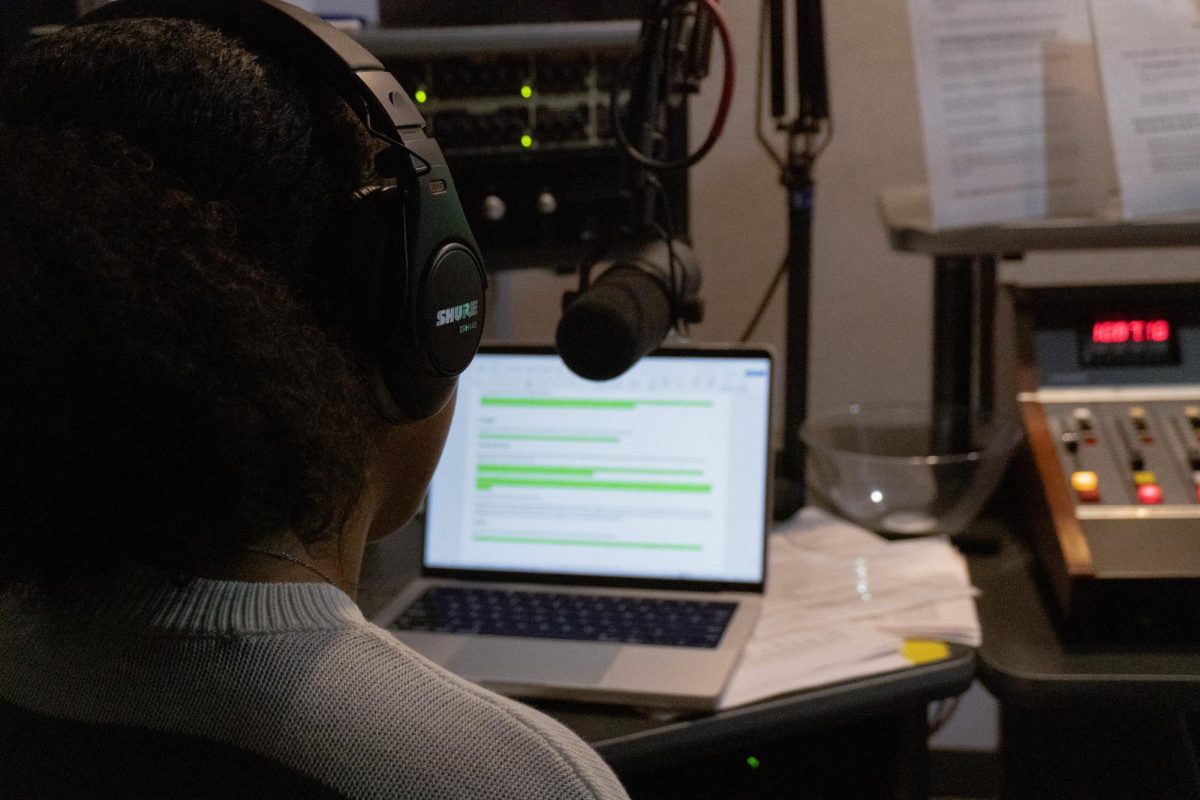Music is pretty much constantly playing around campus: for example, the guy with the speakers in his backpack. But what’s the best way to stream music without paying iTunes or illegally downloading? Currently, there are three major competitors in the way of free or subscription-based streaming. Spotify, the newly launched Beats Music and the old standby Pandora.
Spotify is the first of its breed, really, in that it allows for users to listen to 20 million songs for free, or through a subscription, which eliminates the interruption of advertisements. With such a large library, it was almost immediately successful, but one tricky aspect is the desktop component. Spotify has an option to download the software to your computer, and it has bothered some users that it has to take up space on their memory instead of being “in the cloud” of the Internet.
Like nearly everything else, Spotify also has an app linked to users’ accounts, which is pretty convenient. The one drawback is the $10 per month subscription fee to get rid of the intrusive advertisements. While it is not exactly steep, $120 a year is noticeable. The best part of it—or perhaps the worst—is the social aspect. With the connection to Facebook, Spotify shows users’ friends what they’re listening to. Depending on what kind of day it is, that can be really cool or really embarrassing.
The newest option on the music market is Beats, which was introduced in January. This option is primarily based on mobile devices, with a less functional version on the Internet. From personal experience, the Internet version looks cool but is less than reliable. Beats allows for users to link to Facebook as well, but does not post anything. The service also gives listeners access to 20 million songs. Beats provides a subscription option that allows for users to subscribe to artists and their playlists. Since it is mostly for mobile use, the app has more to offer, with sections of songs similar to what you like, cool new playlists, and “The Sentence.” This option allows for users to fill in the blank with what they are currently doing and the service creates a playlist based off that. It is a pretty cool idea, but the price makes the features sort of irrelevant. A monthly subscription is $15, $80 more per year than Spotify for a nearly identical service. The free trial is a pretty good time though.
Finally, Pandora is an Internet radio option that allows users to create stations of music based on the artist, song, album or genre of their choosing. There are both free-with-ads and subscription options—only $3 a month, which allows for ad-free listening. There are some definite drawbacks, primarily because listeners cannot choose exactly what they want to listen to because Pandora is a discovery-based music option from the Music Genome Project.
Another pesky part of Pandora is the six-skip rule, which means users can skip only six songs per hour, and are then forced to listen to whatever comes up next with no escape. There is a solution to this, which is to make a similar station and flip back and forth, which works fairly well. Another point about Pandora is that listeners discover new music almost constantly, which is really great for the music industry and for the Billboard Top 100 because of new artist exposure.
Of these three options, nothing really works perfectly. While Spotify and Beats allow users to choose whatever they want to listen to at the moment, the advertisements or subscription costs just are not worth it.
These options also take away the ability to discover new music and artists, since users choose to listen to music they’re familiar with. Even iTunes has followed in the Internet radio format with iTunes radio, which works just like Pandora. When it comes to music streaming, everyone has his or her own wants and needs, which has led to incredible advances for these services. Despite how cool and new Beats is, the money will never outweigh the services, and the same goes for Spotify.
Even if it is not perfect, Pandora is the cheapest of these three streaming services, with the least intrusive advertisements, and it’s almost definitely your best bet for meeting your music streaming needs.







































































































